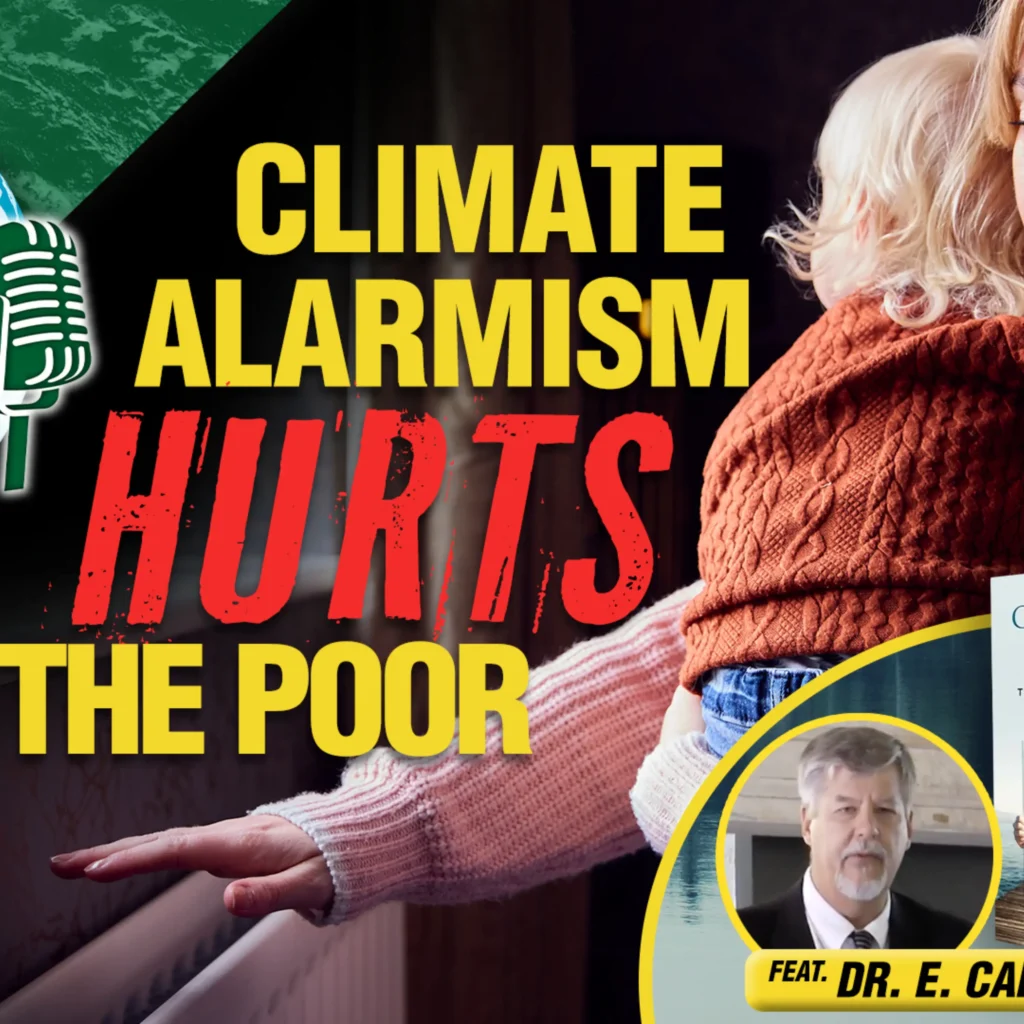Most people can remember intimate details of what they were doing when they first heard the space shuttle Challenger had exploded. To compound the tragedy, millions of schoolchildren across the country watched the event in shocked amazement.
The “teacher in space” effort NASA hoped would be a public relations boon to the shuttle program instead exploded with the shuttle as teacher Christa McCauliffe of New Hampshire was among the seven astronauts who perished when the shuttle disintegrated miles above the Earth.
NASA went on to record many successful space flights after the Challenger disaster. Then the program once again was shocked into reality when Columbia blew up in flames just minutes before landing, killing all seven astronauts aboard.
Even more depressing: The roots of both disasters were planted in the federal government’s environmental policies. Misguided policies not only killed 14 U.S. astronauts, but killed them in a most horrible and public way.
Faulty Foam Mandated by EPA
As recent news reports have pointed out, the wreck of the Columbia was almost certainly due to a chunk of insulating foam prying loose and hitting some heat-protecting tiles, leaving the spacecraft vulnerable to intense heat upon re-entry into the Earth’s atmosphere.
That is all the mainstream news–and NASA–have been willing to report. What they have not said is that the foam in use at the time was a substitute, replacing a material that had previously worked well but contained Freon, a chlorofluorocarbon (CFC) the Environmental Protection Agency (EPA) banned because of the ozone depletion scare.
As Cato Institute adjunct scholar Steven Milloy reports, NASA could have sought an exemption. Freon, after all, is inert and nontoxic, and its connection to ozone depletion is tenuous at best. However, having been burned by EPA once before, NASA succumbed to what Milloy calls “PC foam.”
Milloy writes, “PC foam was an immediate problem. The first mission with PC foam resulted in 11 times more damaged thermal tiles on Columbia than the previous mission with Freon-based foam.”
The damage was obvious and quite severe. Milloy writes that following the 1997 Columbia mission, “more than 100 tiles were damaged beyond repair, well over the normal count of 40.”
Milloy points out EPA did in fact exempt NASA from the CFC reduction requirement in 2001, but NASA decided to continue using the “environment-friendly” foam it by then had been using for several years.
Exemptions Denied
The Challenger explosion occurred in January 1986. As nearly everyone familiar with the catastrophe knows, a set of O-rings that was supposed to keep hot gases trapped in the rocket carrying the shuttle failed, with the fuel quickly leaking out and igniting into a fireball shortly after takeoff.
It was an unusually cold morning at Cape Canaveral, too cold for the O-rings to perform properly. That is well known. What most people do not know is that the material used to make the O-rings was a substitute, replacing a product EPA had banned because it contained asbestos.
The original O-rings used between the rocket joints came from an over-the-counter putty that had been used safely and effectively for a long time. However, in its war against the use of asbestos anywhere, anytime, EPA forbade NASA to use the product at all. NASA sought an exemption, which EPA refused, ultimately leading to the Challenger disaster 17 years later.
A Recurring Theme
In normal situations, this would be a scandal of epic proportions: By requiring the use of unsafe materials, a government agency caused the very public deaths of 14 individuals. Had a private firm permitted such unsafe working conditions, the situation would merit a New York Times investigative report.
Scientifically unsound environmental policy can be disastrous. Granted, we are talking about the lives of “only” 14 people, compared to the hundreds of thousands who have died of malaria following the banning of DDT, which once effectively killed the mosquitoes that carry the disease.
But whether we speak of 14 astronauts, or hundreds of thousands of people in a remote African nation, we speak of the same thing: death by environmentalism.
William Anderson, an adjunct scholar of the Mises Institute, teaches economics at Frostburg State University. His email address is [email protected].



